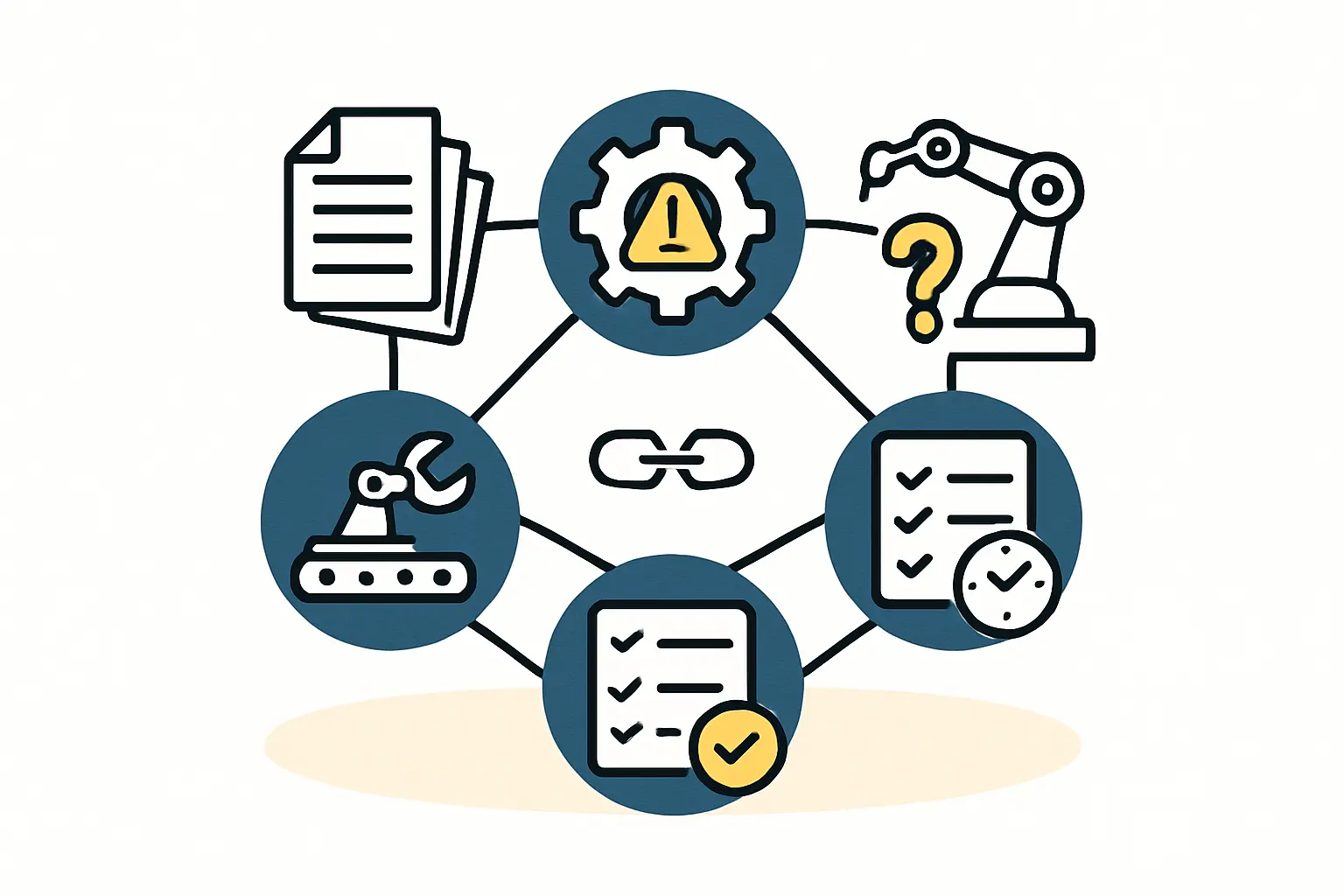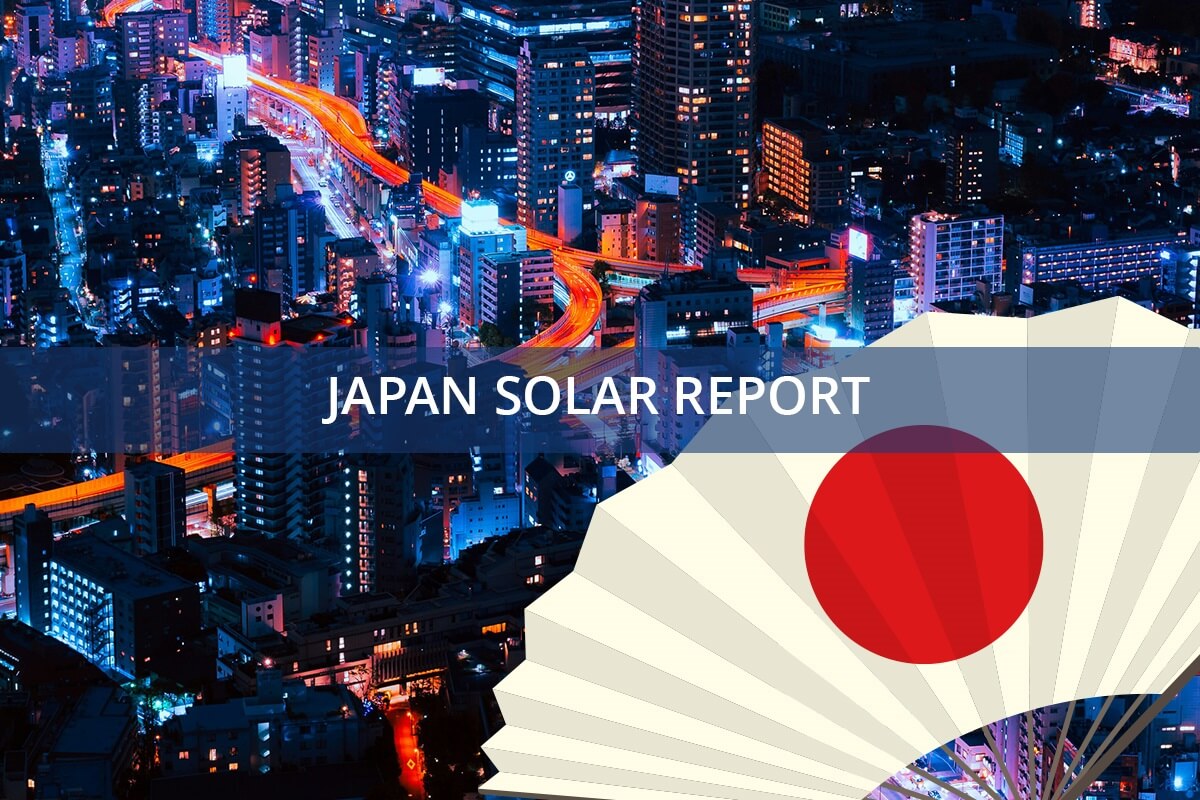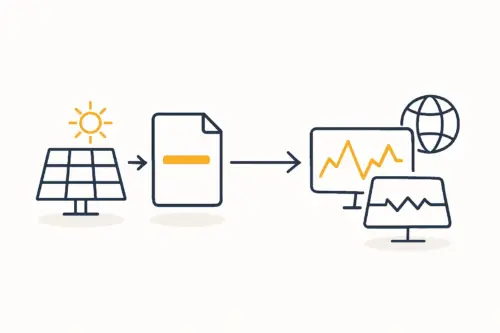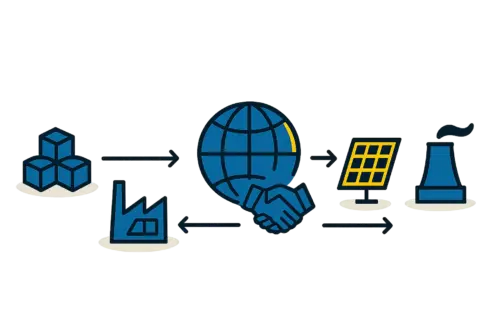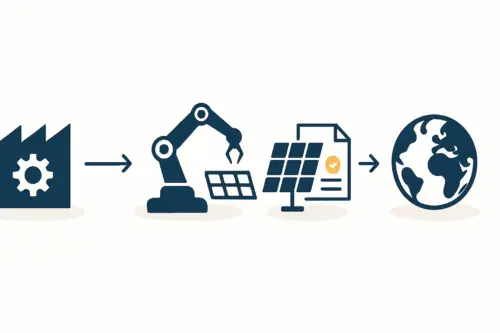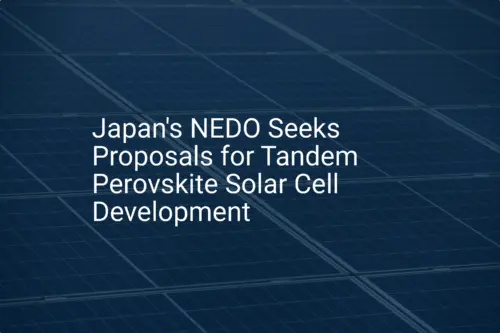Most successful solar manufacturers start out with a clear global strategy. They secure certifications like the IEC standards, opening up markets across Europe, the Americas, and much of Asia. But when they turn their attention to Japan—one of the world’s most mature and quality-conscious solar markets—they often encounter a significant, unexpected barrier: the Japanese Industrial Standards (JIS).
This rigorous, country-specific certification is more than just a procedural step; it’s a testament to a product’s resilience and quality, designed to withstand Japan’s unique environmental challenges. Data from the Japan Photovoltaic Energy Association (JPEA) confirms that JIS-certified modules have a markedly lower failure rate over their lifespan, making the standard a critical benchmark for long-term reliability.
What is JIS Certification?
JIS Q 8901 is the specific Japanese Industrial Standard that outlines the requirements for design qualification and type approval of terrestrial photovoltaic (PV) modules. While it shares some common ground with global standards, it operates as a distinct framework.
Achieving this certification is a prerequisite for any manufacturer hoping to supply modules for projects in Japan, from residential rooftops to large-scale utility installations. It serves as a guarantee to consumers, financiers, and project developers that a module is not only safe and efficient but also built to endure the local climate for decades.
How JIS Differs from Global IEC Standards
For new manufacturers, the critical point to understand is that JIS is not simply a regional version of the International Electrotechnical Commission (IEC) standards. While IEC standards provide an excellent global baseline for safety and performance, JIS adds requirements tailored specifically to Japan’s demanding environmental conditions.
These unique factors include:
-
High Humidity and Salinity: As an island nation, Japan’s coastal areas expose PV installations to persistent salt mist and high humidity, which can accelerate corrosion and material degradation.
-
Typhoons and Extreme Winds: The region is prone to powerful typhoons, demanding modules with superior mechanical strength to resist extreme wind loads and physical impact from debris.
-
Seismic Activity: Frequent earthquakes mean that both modules and their mounting systems must be designed and tested to withstand significant structural stress and vibration.
-
Heavy Snowfall: In northern Japan, heavy snow accumulation places immense static loads on modules for extended periods.
Ready to make big Profits?
The solar Industry is Booming
WE HELP NEWCOMERS to the solar industry start their own solar module production line. Customers can make BIG PROFITS by selling modules and finding investors, without wasting money and time on things they don't need!
Because of these location-specific risks, holding an IEC 61215 certificate—while essential—is not enough to enter the Japanese market. The JIS process requires further testing to prove a module’s durability against these specific challenges.
The Core Components of the JIS Certification Process
Navigating JIS certification requires a systematic approach covering testing, documentation, and factory inspection. The process is comprehensive and leaves little room for error.
Rigorous Performance and Safety Testing
The foundation of JIS certification is a series of stringent tests conducted by an accredited laboratory. These tests are designed to simulate years of harsh environmental exposure. Key evaluations include:
-
PID Resistance: Testing for Potential Induced Degradation is critical, as high humidity can exacerbate this effect, leading to significant power loss over time.
-
Salt Mist Corrosion: Modules undergo prolonged exposure to a saline fog to ensure that frames, junction boxes, and electrical connections do not corrode prematurely.
-
Mechanical Load Tests: These tests simulate the immense pressure from heavy snow and the dynamic stress from typhoon-force winds, ensuring the module’s structural integrity.
-
Ammonia Resistance: This is particularly relevant for installations in agricultural areas, where exposure to ammonia can degrade module components.
Factory Audit and Quality Management
Certification bodies don’t just evaluate the final product; they scrutinize the entire manufacturing environment. An on-site factory audit verifies that the manufacturer has robust and repeatable quality control processes in place. This includes raw material inspection, in-line production monitoring, and final product testing protocols. The goal is to ensure that every module produced meets the same high standard as the one submitted for type approval.
Meticulous Documentation
The documentation process is a common challenge for new entrants. The requirements are exhaustive. All technical files—including the bill of materials (BOM), detailed product drawings, test reports, and quality management system records—must be impeccably prepared. These documents often require professional translation and must be formatted to the specific standards of Japanese regulatory bodies. Any discrepancy or missing information can lead to significant delays.
Common Hurdles for New Manufacturers
Experience shows that entrepreneurs new to the solar industry frequently underestimate the complexity of the JIS process. The most common hurdles include:
-
Underestimating Timelines: The entire process—from initial application and testing to final certification—can take over a year if not managed efficiently.
-
Documentation Gaps: Incomplete or improperly formatted technical documentation is a primary cause of delays. The required level of detail often exceeds that of other international certifications.
-
Lack of Local Expertise: Navigating the Japanese regulatory landscape without a local partner or experienced consultant is challenging due to language barriers and unfamiliar administrative procedures.
Engaging with a consultancy that has direct experience in the Japanese market can significantly streamline the certification process. This guidance helps prepare the correct documentation from the outset, liaise with test laboratories, and manage the factory audit, potentially reducing time-to-market by three to six months.
Strategic Benefits of Achieving JIS Certification
While the process is demanding, achieving JIS certification offers substantial business advantages that go beyond simply gaining market access. It acts as a powerful differentiator, signaling a commitment to the highest levels of quality and reliability. For entrepreneurs focused on setting up a solar module production line, designing a facility with JIS standards in mind from day one builds a powerful foundation for producing world-class products. This certification enhances brand reputation, builds trust with financial institutions, and opens doors to premium projects where long-term performance is non-negotiable.
Frequently Asked Questions (FAQ)
How long does the JIS certification process typically take?
For a well-prepared manufacturer with complete documentation and a product that meets all technical requirements, the process typically takes 9 to 15 months. Delays are common if testing reveals non-compliance or if the documentation is incomplete.
Is JIS certification mandatory to sell any solar product in Japan?
For grid-connected PV modules, JIS Q 8901 certification is effectively mandatory for participating in government incentive programs or working with major project developers and utilities.
Can existing IEC test results be used for JIS certification?
While some IEC test data may be accepted as part of the documentation package, it does not replace the need for JIS-specific tests. The certification body will still require additional testing to verify compliance with Japan’s unique requirements, such as those for typhoon and snow loads.
What is the role of a local representative in Japan?
A local representative or partner is highly recommended. They can act as an intermediary with certification bodies, help navigate administrative procedures, and overcome language barriers, ensuring the process moves forward smoothly.
Conclusion
Japan’s JIS certification represents a high bar for quality and durability in the global solar industry. For new manufacturers, it is a challenging but achievable goal that unlocks access to a sophisticated and valuable market. Success depends on thorough preparation, a deep understanding of the technical requirements, and a meticulously managed process.



